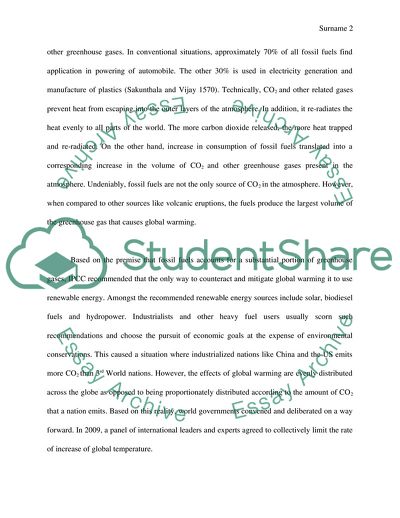Cite this document
(Body and Conclusion of the Paper about Biodisel Research, n.d.)
Body and Conclusion of the Paper about Biodisel Research. https://studentshare.org/environmental-studies/1821325-body-and-conclusion-of-the-research-paper
Body and Conclusion of the Paper about Biodisel Research. https://studentshare.org/environmental-studies/1821325-body-and-conclusion-of-the-research-paper
(Body and Conclusion of the Paper about Biodisel Research)
Body and Conclusion of the Paper about Biodisel Research. https://studentshare.org/environmental-studies/1821325-body-and-conclusion-of-the-research-paper.
Body and Conclusion of the Paper about Biodisel Research. https://studentshare.org/environmental-studies/1821325-body-and-conclusion-of-the-research-paper.
“Body and Conclusion of the Paper about Biodisel Research”. https://studentshare.org/environmental-studies/1821325-body-and-conclusion-of-the-research-paper.


